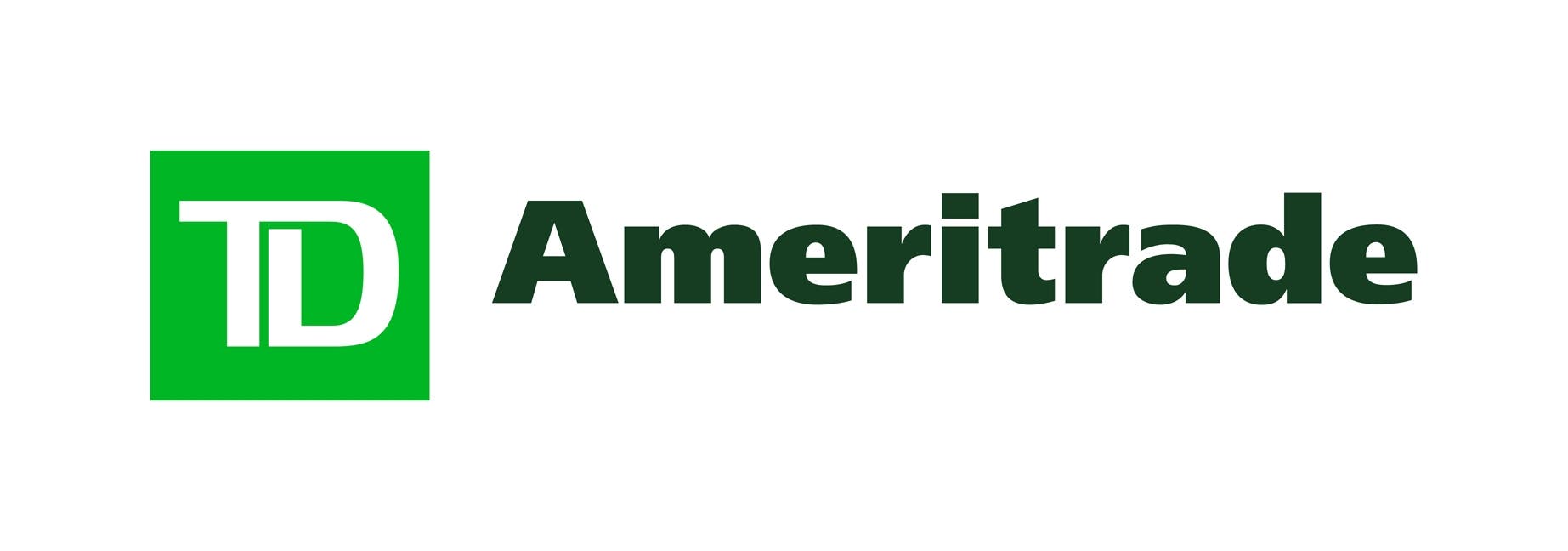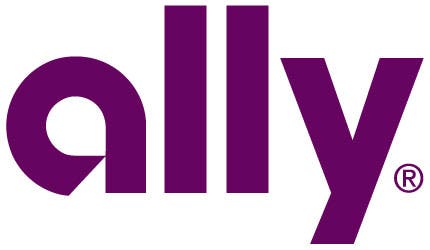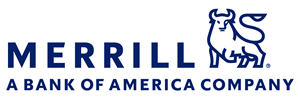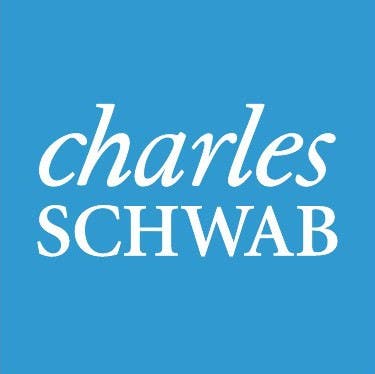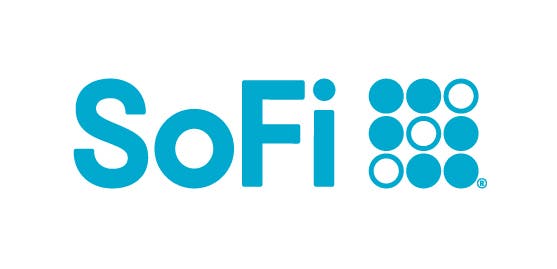Fidelity Investments review 2024
The Bankrate promise
At Bankrate we strive to help you make smarter financial decisions. While we adhere to strict , this post may contain references to products from our partners. Here's an explanation for .
Fidelity: Best for
- Overall experience
- Beginning investors
- Customer support
Fidelity Investments regularly scores among the top in Bankrate’s comprehensive review of brokers, and this year is no different. The financial juggernaut continues to excel across the board – whether for low costs, responsive customer support, research, education and on and on. The broker’s customer-first approach means it’s a good fit for nearly all investors, but especially beginners and long-term buy-and-holders, who may benefit from fractional shares and commission-free mutual funds.
Plus, Fidelity has long eliminated some of the pesky fees that plague other brokers, such as transfer-out fees. Newer investors will likely appreciate the ton of research and education here, too, and helpful customer support is available in minutes (or less) by phone to solve your issue – a feature often overlooked until you need it.
If you’re looking for a comparable brokerage, you’ll want to put Fidelity up against Charles Schwab and Interactive Brokers, two more top scorers in our reviews with plenty of features to recommend them. If you’re with Bank of America and looking to consolidate your accounts under one roof, be sure to check out Merrill Edge.

We want to know what you think about Fidelity
Do you have experience with Fidelity? Let us know your thoughts.
Fidelity: In the details


Pros: Where Fidelity stands out
Commissions
Although Fidelity offers the rock-bottom of commission prices in the industry, it doesn’t offer rock-bottom features, which is not the usual trade-off if you care only about costs. At Fidelity, you’ll pay $0 for stock and ETF trades – for a high level of features, including all of its research and educational offerings as well as a wealth of trading tools. Fidelity’s commission is competitive with other top brokers such as Charles Schwab and Merrill Edge.
For options, Fidelity charges a figure that’s in line with much of the industry, $0.65 per contract. Admittedly, that’s not free, as at Robinhood or Webull, but you’ll get more for your money here.
Account fees, account types and no minimum
If you’re looking to minimize all those “nickel and dime” fees that brokers often bombard you with, you could hardly do better than Fidelity. The broker charges no fee for the standard categories – including account or activity fees and transfer-out fees – as well as some of the obscure ones such as the IRA closeout and reorganization fees. Some brokers charge as much as $125 to transfer out your account, and even top broker Charles Schwab still hits you for $50 for a full transfer out. But Fidelity? Zip. Maybe they’re confident you’re going to stick around.
And if you pay bills from your brokerage account, Fidelity doesn’t charge for typical bank fees either. These include stop-payment fees or ATM fees. Fidelity is incredibly investor-friendly. On top of all of this, the broker has no account minimum, so it’s easy to get started, too.
Clients can trade stocks, ETFs, mutual funds, bonds and options at Fidelity — and the broker has almost any account type imaginable. That includes individual and joint accounts, business accounts (SEP IRA and solo 401(k)), health savings accounts, 529 education savings plans and many more.
If you’d prefer the broker to manage your portfolio, you can set up your account with Fidelity Go, the company’s robo-advisor service. It’s a solid pick for cost-conscious and beginning investors.
Mutual funds
Fidelity performs great in this area, and it offers customers two investor-friendly ways to play mutual funds.
No-transaction-fee funds: The broker offers around 3,400 mutual funds without a transaction fee. That means you can get into and out of the fund without cost, though you’ll still be on the hook for any expense ratio charged by the fund. Fidelity has a huge selection of these advantaged funds, and compares well with the best brokers, even if it doesn’t have the most.
Fee-free funds: As if that weren’t enough, Fidelity does even better, offering four mutual funds without an expense ratio at all, part of what it calls its ZERO mutual fund lineup. It’s the first company to offer fee-free mutual funds, though you don’t have to be a customer of the brokerage to buy them. Without a transaction fee or an annual expense ratio, you could own the fund at no ongoing cost, a great deal. A Fidelity ZERO fund hits our list of best index funds, too.
Fractional shares
Fidelity offers a fractional share purchase program called Stocks by the Slice, which allows you to buy partial shares for as little as $1. You’re able to buy shares in more than 7,000 stocks and ETFs for the same no-cost commission that you’re used to, and you can reinvest any dividends into fractional shares as well, making your money maximally effective.
This wide selection of securities for the program distinguishes it from Schwab’s similar offering, where you’ll be limited to the 500 or so stocks in the Standard & Poor’s 500. Where Fidelity could take a cue from Schwab, however, is the latter’s less tedious order entry ticket. At Fidelity, you’ll need to enter each order separately rather than as a batch order as you would at Schwab.
Mobile app
Fidelity’s mobile app doesn’t have a catchy name – Fidelity Mobile – but it can still help you get a lot done:
- Manage your individual and workplace accounts, and monitor your portfolio.
- Trade securities, including stocks, ETFs and mutual funds and those more complex options trades, too.
- Input trades for fractional shares.
- Pay bills, access tax forms and receive customizable alerts.
- Access a personalized feed of news based on the market and your holdings.
- Listen to Fidelity podcasts on finance and the economy.
In short, you’ll be able to get a high level of functionality from the mobile app. The app gets solid ratings on Google Play and even better scores on Apple’s App Store.
Research and education
Fidelity offers an extensive lineup of research and education resources for investors of every level. Even if you’re not yet a customer, you can check them out for free to see if you like them.
Research: There is a vast amount of valuable information available on the Fidelity site. Go to the page for an individual stock and you can receive financial data, competitor analysis, news and reports on individual stocks from a variety of third-party research companies including Argus, Thomson Reuters, S&P Global, Zacks, and many others.
You’ll also have access to SEC filings and a variety of sources of market commentary. And you’ll find further reports on ETFs. Really the resources go on and on, and with the clean layout you’ll have no problems finding what you’re looking for.
Fidelity’s low fees and research capabilities are two of the reasons investors are often happy to hold multiple accounts with the firm. “I've been using Fidelity for decades and have 6 accounts with them,” says a Reddit user who says they’re a Fidelity client. “There are no trading fees, they keep track of all my stock details and the research area is vast and well-organized.”
Education: You can get assistance on the basics of personal finance – budgeting, managing debt and saving – but it goes way beyond planning and advice. In Fidelity’s learning center, you can attend webinars or view recorded ones that detail almost any aspect of trading, options, funds and how to use the many tools Fidelity offers, such as Active Trader Pro. You’ll find the short courses ranked according to skill level, helping you progress as you gain mastery.
Tools
Active Trader Pro: The biggest tool at Fidelity is Active Trader Pro, the broker’s flagship trading platform. You’ll be able to set up the look of the platform with one of a few preset layouts or customize it completely to your preferences. You’ll be able to build stock charts, show dozens of technical indicators and place multiple trades at a time.
Fidelity’s other trade tools – such as Real-Time Analytics and Trade Armor – are integrated into the platform dashboard for easy access. You can pull streaming Bloomberg TV onto your desktop as well.
Besides Active Trader Pro, Fidelity provides a number of other tools if you’re looking to improve your trading or to get better trade ideas.
Real-time Analytics: This tool provides trade signals in real-time based on historical price movements. You’ll be alerted when a stock hits a new high or low, crosses a key technical level or shows other unusual activity.
Trade Armor: Trade Armor allows you to visualize your trading opportunities on a chart. You can set alerts to track price movements and determine prices to get in and out of a position. You can also enter orders right from the tool, among many other things.
Daily Dashboard: This tool pops up when you launch Active Trader Pro and provides real-time news, earnings and economic news, so that you’re abreast of what’s impacting your portfolio.
Fidelity does so many things well that many clients are eager to have as much of their financial life as possible through the firm.
“Fidelity has always had the bulk of my investments,” says a post on the investing forum Bogleheads. “Over the years, I've been consolidating everything at Fidelity as soon as practical. I'm now retired, and today, except for my checking account and an account at TreasuryDirect, everything is at Fidelity. I've never had anything but positive results with Fidelity's service.”
Cons: Where Fidelity could improve
Investment selection
Fidelity doesn’t offer trading on the more exotic products, such as futures and forex, though it does all the basics – stocks, ETFs, bonds, mutual funds, options. That array is probably going to suffice for more than 99 percent of investors. Are we splitting hairs here? Absolutely, but it’s worth knowing what the broker can and can’t do for you.
Fidelity also recently opened Fidelity Crypto, a separate account that allows you to trade the cryptocurrencies Bitcoin and Ethereum. Trading is commission-free, but pricing will include a 1 percent spread markup, meaning that the price you buy or sell crypto will effectively factor in that fee every time you make a trade. That’s a relatively hefty price to pay, given the low costs available at the best crypto exchanges and even Interactive Brokers.
If you want to trade more than those two cryptos, you’ll want to work with a specialty cryptocurrency exchange.
Review methodology
Thank you for sharing your experience with Bankrate

